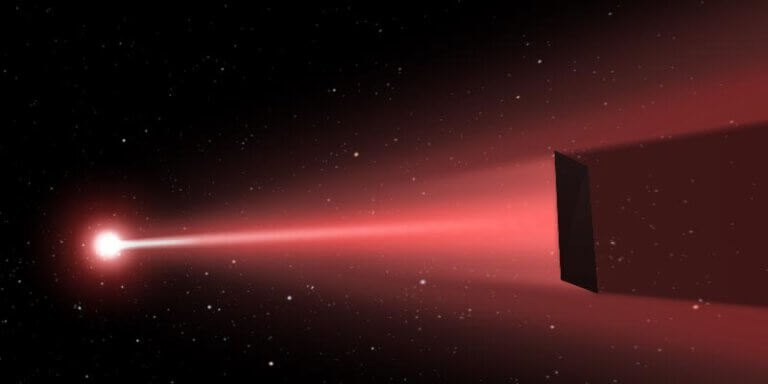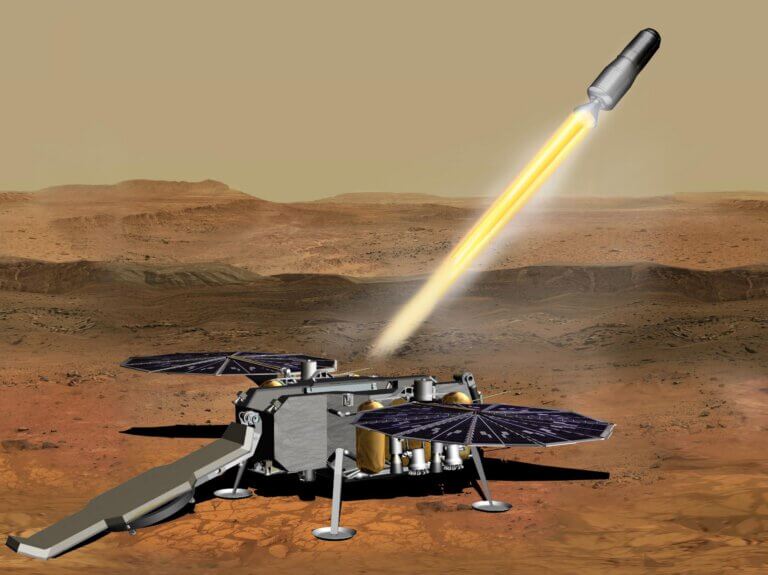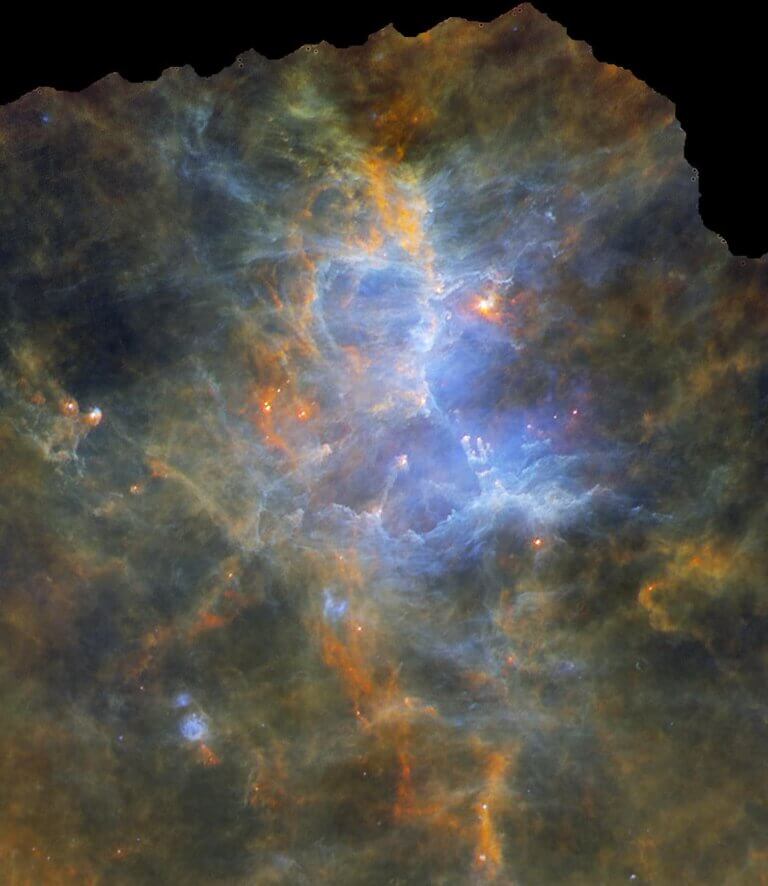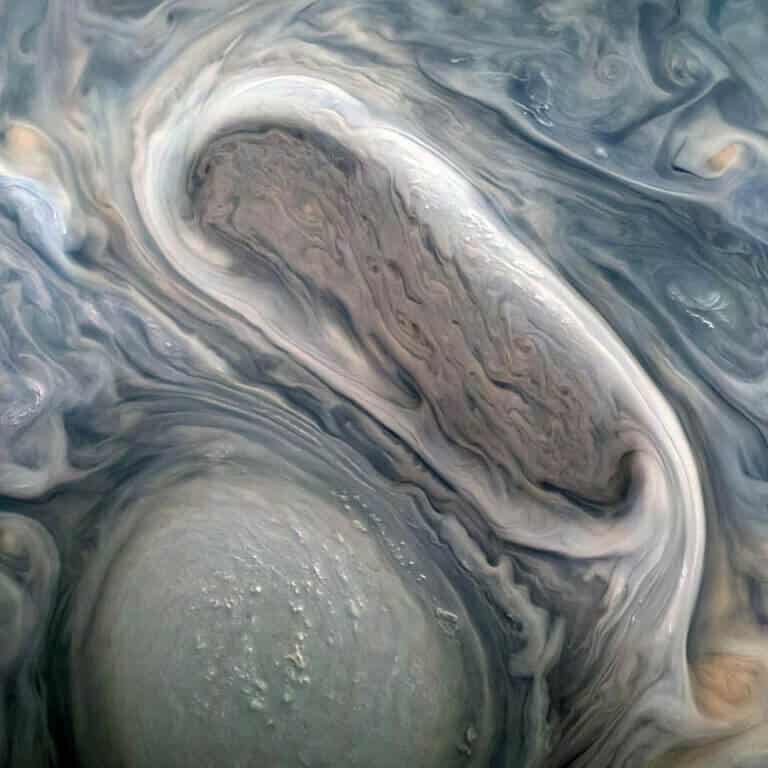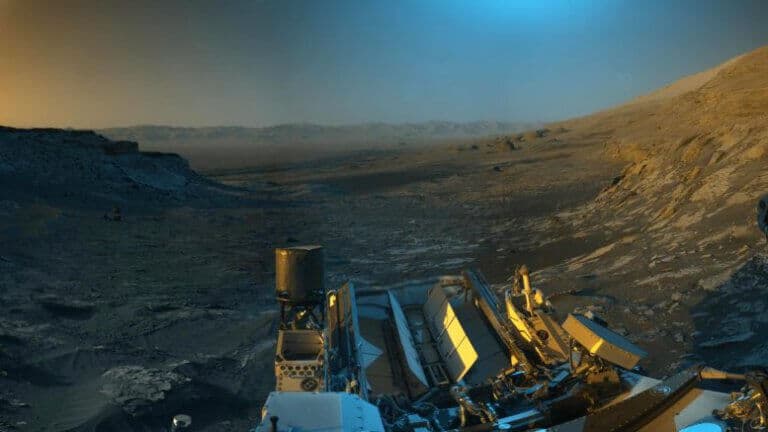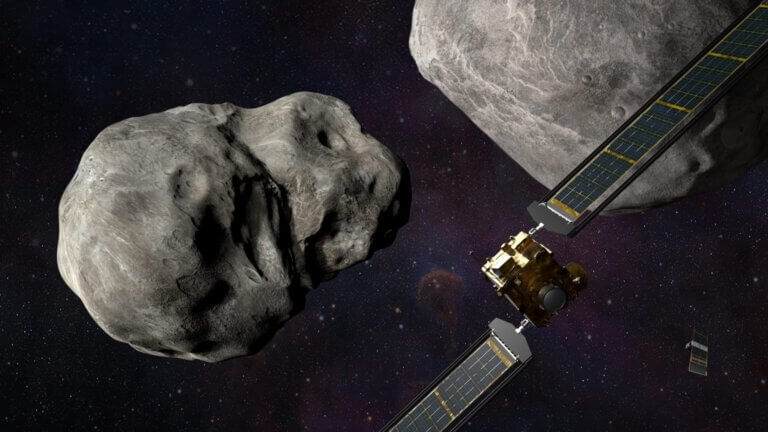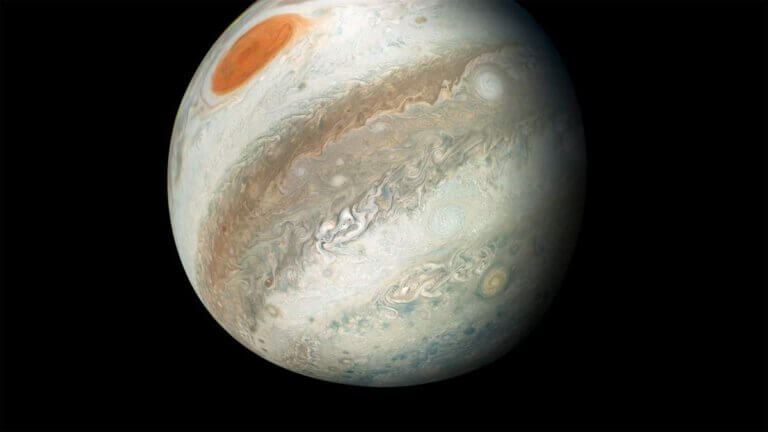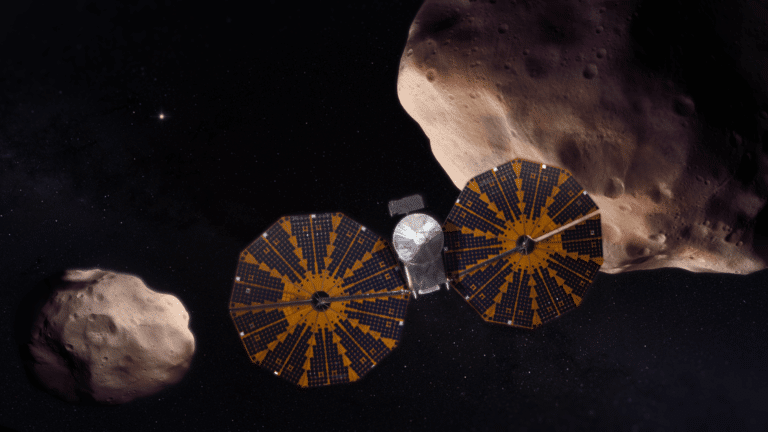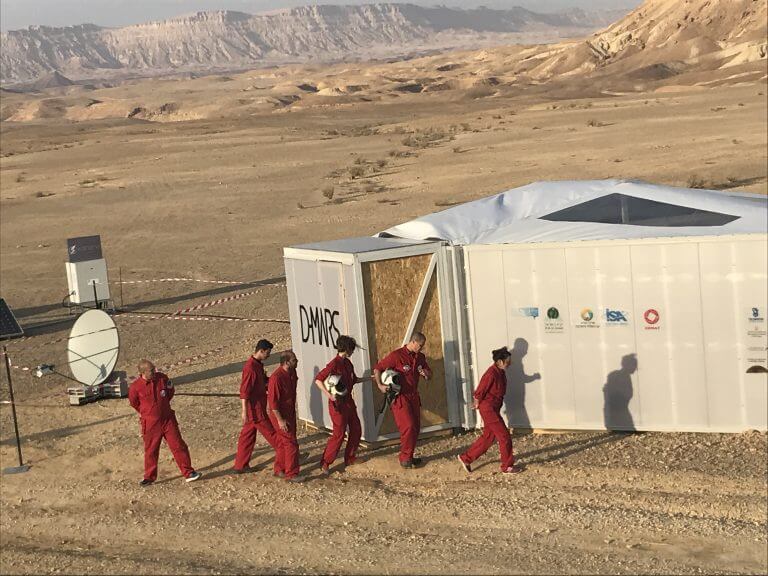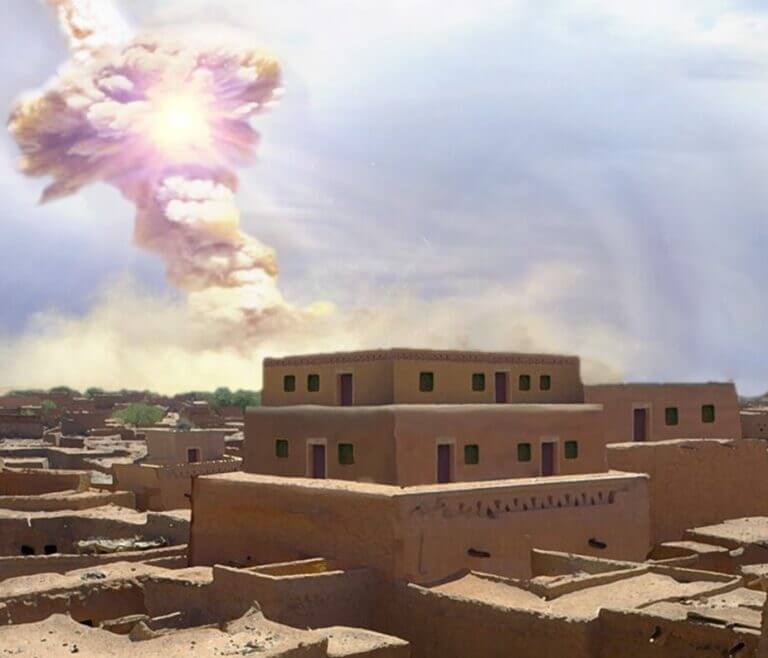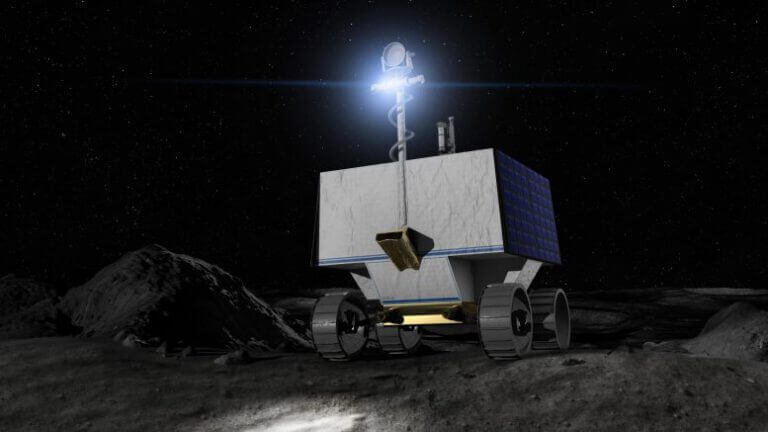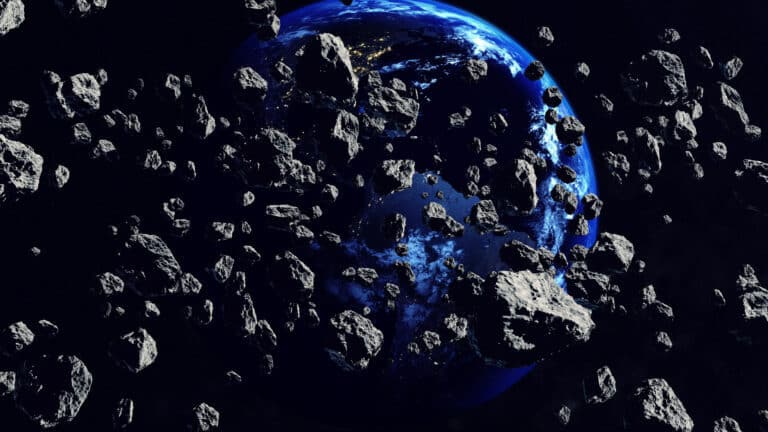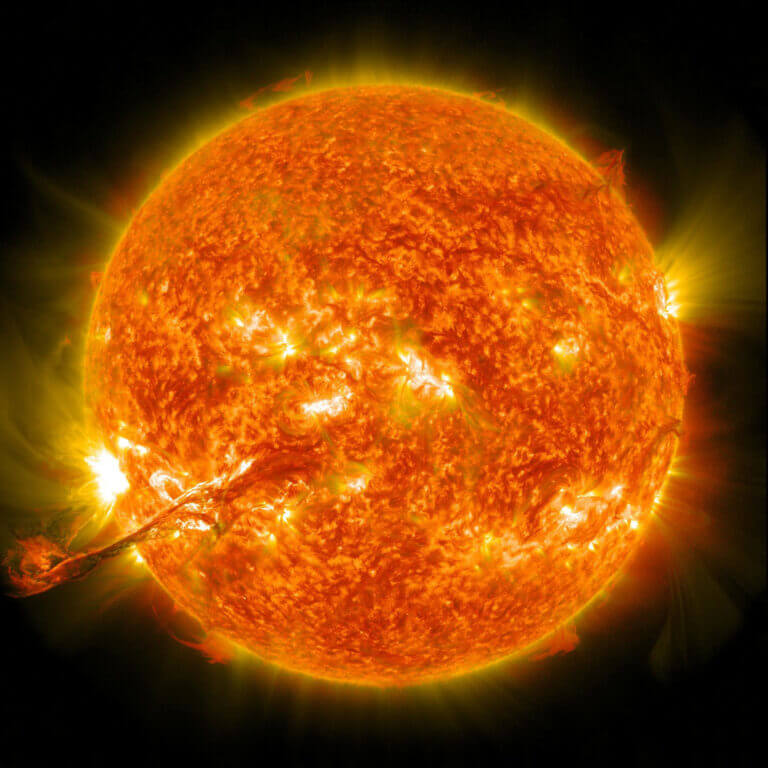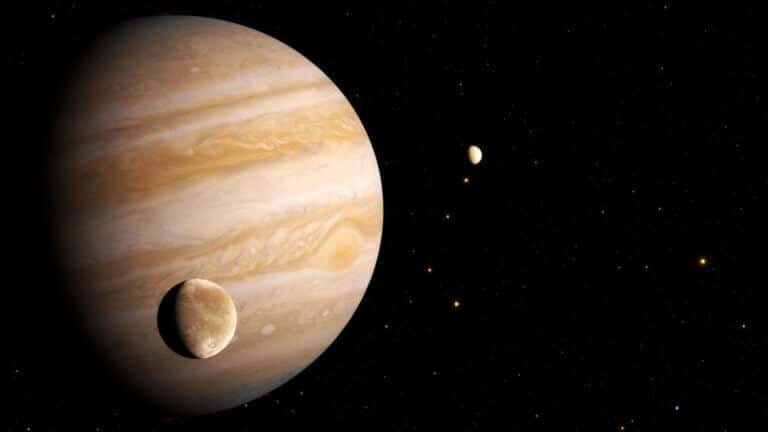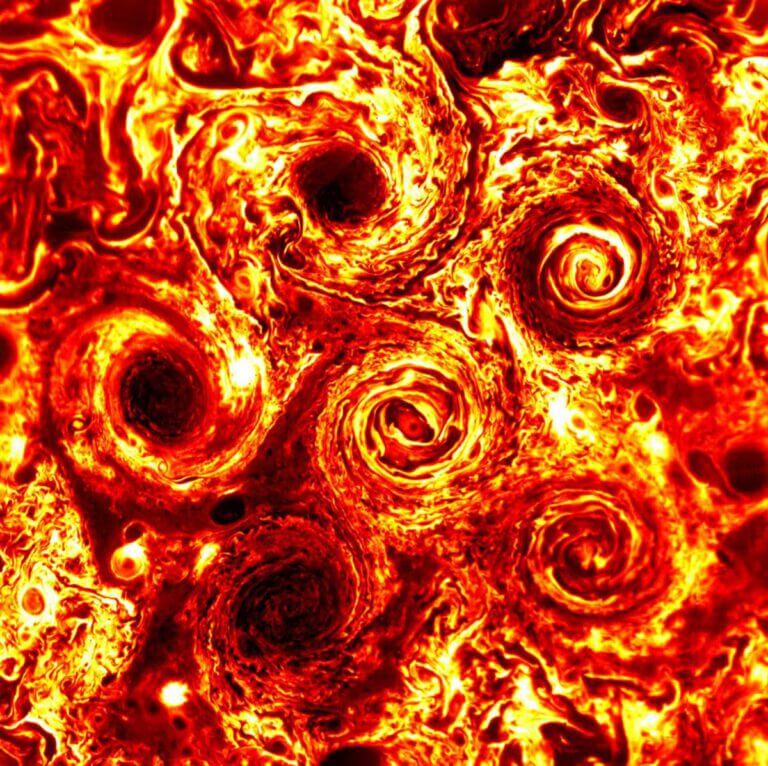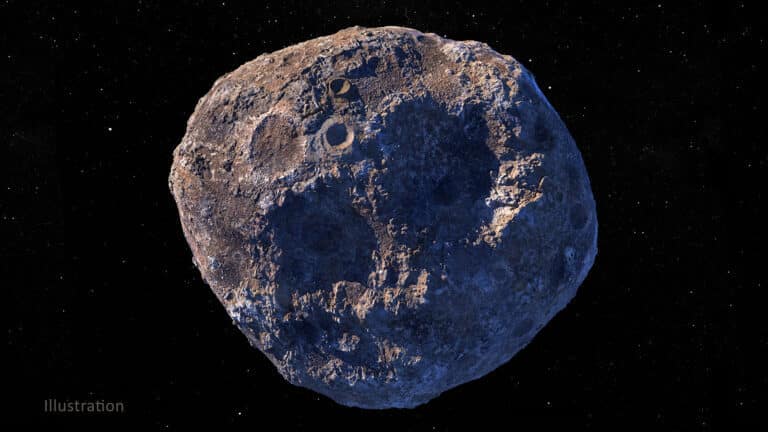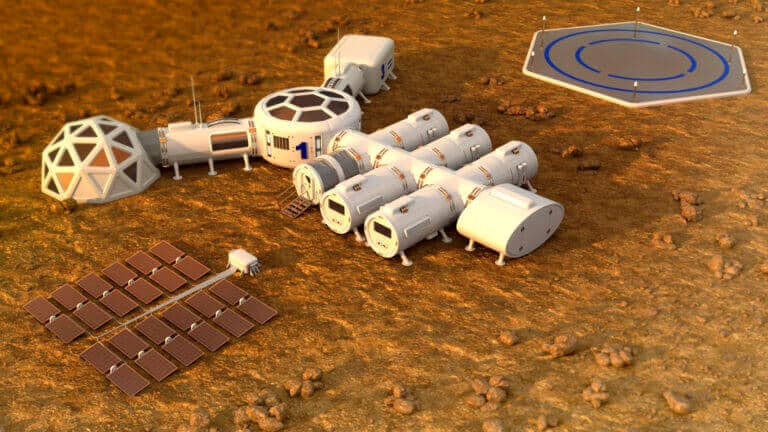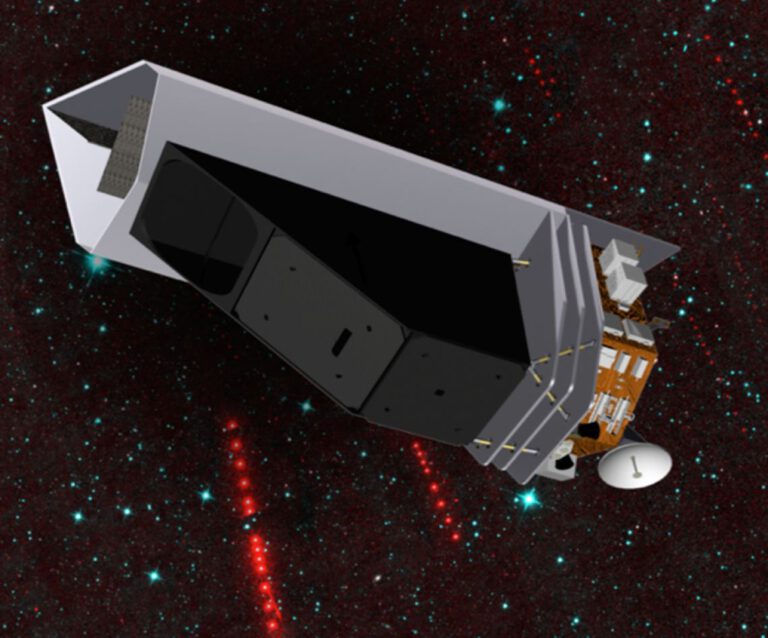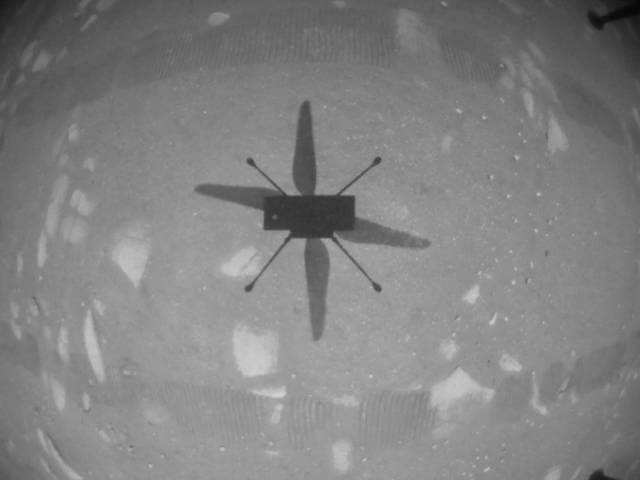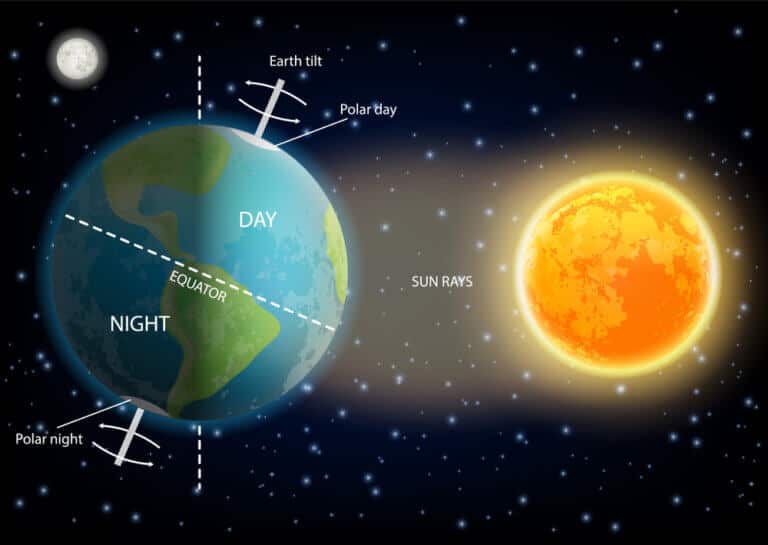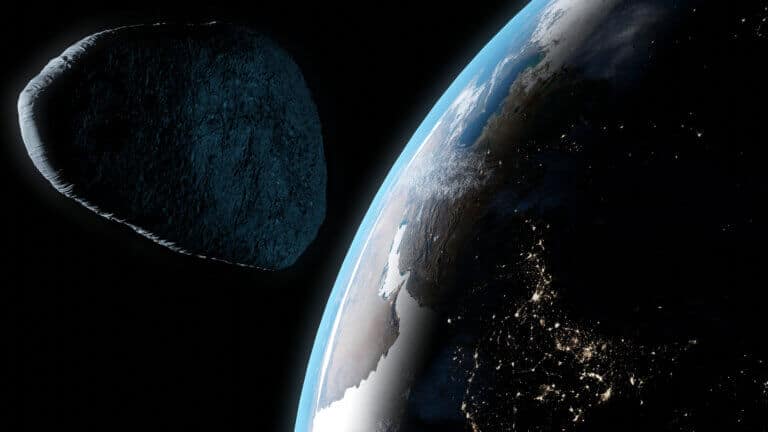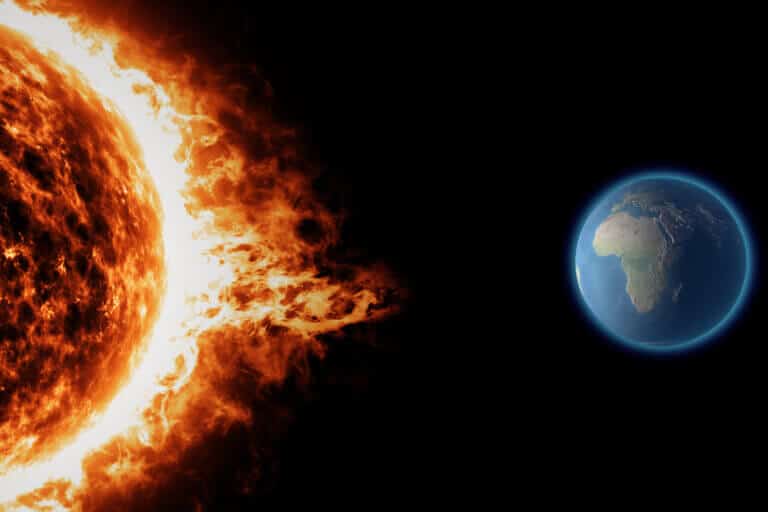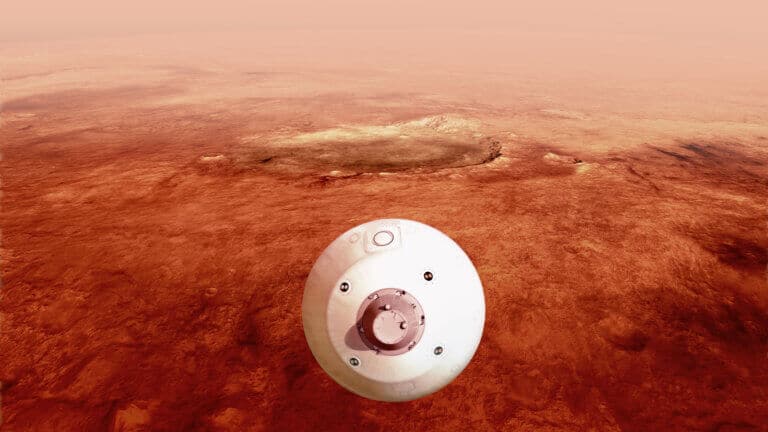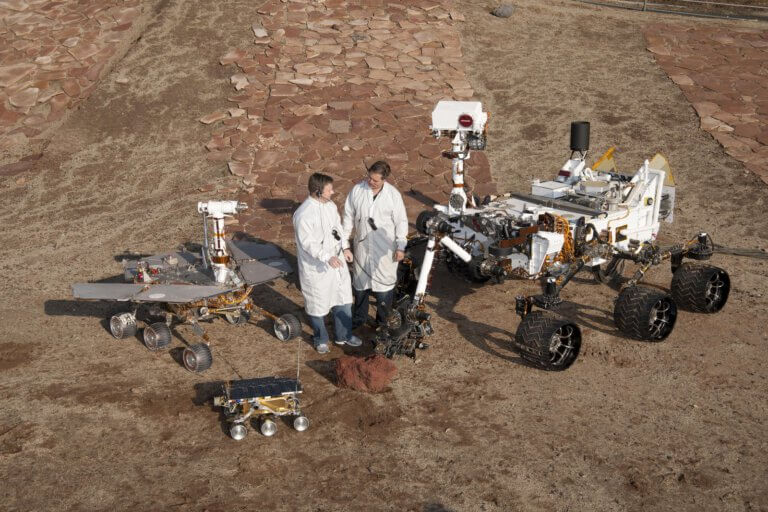Hayadan > Space and astronomy > Solar System > Page 3
Solar System
- Avi Blizovsky
- February 28, 2022
- 7 תגובות
A group of researchers proposes to build a spacecraft that will rely on an innovative propulsion system - in which lasers are used to heat hydrogen fuel - that can shorten the flight time to Mars to only 45 days instead of 100
- Avi Blizovsky
- February 19, 2022
- 3 תגובות
The contract brings NASA one step closer to the first robotic round-trip flight to bring samples safely to Earth through the Mars Sample Return Program
- Science site The Conversation
- January 13, 2022
- 4 תגובות
Astronomers rarely use their telescopes just to take pictures. The images in astrophysics are usually created by a process of scientific inference and imagination, the visual expression of which is sometimes an artist's impression of what emerges from the data but there are also some gems that are photographed directly
- Angle - a news agency for science and the environment
- December 31, 2021
"Don't Look Up", the new film by Leonardo DiCaprio and Jennifer Lawrence, presents a satirical and poignant look at humanity and the role of the media in the fight against today's major environmental problem
- Avi Blizovsky
- December 29, 2021
- One response
A dramatic ride with an audio track collected during the Jupiter mission's flyby of Ganymede — one of the highlights mission scientists shared in an overview at the fall meeting of the American Geophysical Union
- Avi Blizovsky
- December 5, 2021
- 7 תגובות
An artistic interpretation of Curiosity's field of view on a mountain on Mars was created by team members who were amazed by the sweeping view
- Avi Blizovsky
- November 24, 2021
- No comments
The DART spacecraft that will try to change the orbit of a double asteroid will be launched on 24/11. The producers of Netflix's space disaster film "Don't Look Up," about the discovery of an Earth-threatening asteroid, have scheduled its arrival on Netflix for its scheduled launch day
- Weizmann Institute
- October 28, 2021
Scientists from the Weizmann Institute of Science and their partners on NASA's Juno space mission have revealed a series of new findings about the planet Jupiter and found a surprising similarity to Earth
- Avi Blizovsky
- October 17, 2021
- One response
Lucy will fly up to 400 km from the surface of its targets - asteroids that are in sync with the planet Jupiter, and will use its instruments and large antennas to study their geology, including composition, mass, density and volume.
- Avi Blizovsky
- October 9, 2021
- 3 תגובות
The six Harmonauts as soon as they left the Hav after the four days of the experiment, February 2018. Photo: Avi Blizovsky
- Science site The Conversation
- September 27, 2021
- 20 תגובות
One of the researchers responsible for the discovery tells how an asteroid similar to the one that caused the incident in Tungaska in Siberia in 1908, hit a city in Jordan northeast of the Dead Sea. The city was abandoned afterwards, and the echoes of the explosion hit other cities in the vicinity, including Jericho
- Avi Blizovsky
- September 25, 2021
- No comments
The south pole of the moon is one of the coldest regions in our solar system. No previous mission to the surface of the moon has explored it - until now scientists have explored the area using remote sensing instruments, in 2023 NASA will launch a robotic vehicle that will explore the area on the ground
- Avi Blizovsky
- September 20, 2021
- One response
Just seven days later, a planetary radar observed the 1,001st bone of its kind, which was much larger
- Avi Blizovsky
- September 2, 2021
- 6 תגובות
Scientists are making another small step towards cracking the mysteries of space weather
- Avi Blizovsky
- August 2, 2021
- One response
The oxygen found in the frozen world is linked to the sublimation of ground ice
- Weizmann Institute
- July 19, 2021
They are powerful, they are the size of Australia and no one imagined them until a few years ago - what is the secret of the storms at the poles of the largest planet in the solar system?
- Universe Today
- June 23, 2021
- No comments
The researchers based their work on previous observational data that showed the asteroid is primarily a mixture of three components: metal, low-iron pyroxene and carbonaceous chondrite. A laboratory experiment led the researchers to the conclusion that the density of the asteroid is low. A NASA spacecraft is expected to reach it by 2026
- Dr. Moshe Nahamani
- June 22, 2021
- No comments
A catalyst that breaks down a chlorine compound (perchlorate) in water could help clean the soil on the planet Mars during manned habitation on Mars. It is a substance that accumulates in plants and makes them toxic if it is not removed from the water with which they will water the plants that will be served by humans who will fly there
- Universe Today
- June 21, 2021
- 3 תגובות
The spacecraft will conduct its survey in infrared. Telescopes on Earth have found most of the nearby objects cataloged so far, but the remaining ones are very difficult to find in visible light
- Avi Blizovsky
- April 19, 2021
- One response
NASA's Ingenuity Mars lander captured this takeoff as it hovered over the Martian surface on April 19, 2021
- Yoram Soreq
- March 19, 2021
- 4 תגובות
What would happen if the earth did not rotate on a north-south axis (like a shawarma skewer) but on some axis on the equator?
- Avi Blizovsky
- March 14, 2021
- One response
However, no danger is expected from this asteroid - on March 6, astronomers and astronomy enthusiasts watched the transit of the asteroid Apophis, which will return much closer to us in 2029
- Avi Blizovsky
- March 9, 2021
- 32 תגובות
Are events in the distant past, such as the extinction of the dinosaurs, about ten percent closer in time to us? And how does it relate to solar flares? This is according to ongoing research by a group headed by Prof. Yitzhak Orion from Ben Gurion University. In an interview with the Hidan site, Prof. Orion also explains the role of the neutrino particle in the phenomenon
- Avi Blizovsky
- February 18, 2021
- 3 תגובות
The autonomous landing of Persistence (Preservation) is supposed to be the most precise landing of a spacecraft on Mars to date
- Avi Blizovsky
- February 8, 2021
- No comments
The Perseverance vehicle, built at NASA's Jet Propulsion Laboratory in Southern California, is loaded with scientific instruments, advanced landing computing capabilities and other new systems

